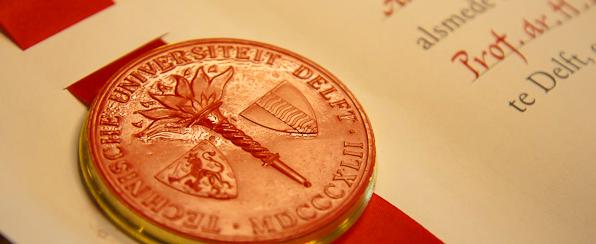Agenda
PhD Thesis Defence
- Monday, 21 -- Monday, 21 October 2024
- 17:30-19:00
- Senate Hall, Aula
Advanced Electromagnetic Modelling of the Next Generation (XG) Wireless Communication Systems
Riccardo Ozzola
The expectation is that XG communications will have a disruptive impact in their
applications in smart cities, industrial automation, agriculture, e-health, smart grids,
domotics, and autonomous driving. However, such scenarios imply the availability of
technology that cannot be met resorting to incremental changes in present techniques.
Specifically, it is now apparent that the ultrawideband massive MIMO in both the
microwave and sub-THz bands will be needed.
By exploiting larger bandwidths, unprecedented data rates will be achieved for
MIMO applications in the microwave band. Before this work, wideband arrays have
been considered unsuitable for MIMO applications due to the high levels of interelements
mutual coupling. However in this work it has been proven that if the entire
array is coherently excited, multiple orthogonal beams can be generated, regardless
of the inter-element mutual coupling. The orthogonality levels depend solely on the
beam overlap and, therefore, on the beam width, the side lobes, and the position of
the nulls.
Moreover, a wideband phased array has been designed for sub-8 GHz MIMO
communications. The array is realized in the form of a dual-polarized connected slot
array with interchangeable Artificial Dielectric Layers (ADLs) radome. This allows
the array to scan up to 60◦ in every azimuthal cut while being matched between 6
and 8 GHz with the first radome, and 2 and 8 GHz with the second one. Finally, an
8 × 8 prototype is manufactured and tested.
Due to the long wavelength at microwave bands, the antenna size is the largest
constraint when it comes to MIMO applications, especially for wideband operations.
To this aim, a new metric is developed to assess the signal and the interference
of MIMO antennas constrained within a given volume. This allows us to compare
the performance of an intended antenna design or even a realized prototype to the
one of the maximum gain antenna located within the given volume. By means of
these concepts, it is possible to link the MIMO performance with the antenna size to
optimize the space.
The second road to high data rates for MIMO application is the use of higher frequencies
(sub-THz) communications. The main hindrance to integrated antennas for
this regime is the technological challenge due to microfabrication and the integration
with the electronics. This calls for accurate simulations that enable optimal designs.
For this purpose, an integral equation solver was developed to study dielectric
lenses together with their feeds. At high frequency, the thickness of the metal plays
an important role and cannot be neglected. Due to the different scales involved in the
feed and in the lens, the required computational effort might be prohibitive. Therefore,
a method has been devised to combine the numerical solution with analytical
results to enable large-scale simulations. The impedance of an integrated antenna
can be seen as composed of the reactance of the feed, the impedance of the feed
radiating in a semi-infinite space without reflections, and an impedance associated
with the reflections. While the former two can be evaluated analytically or with fast
numerical simulations, the latter requires a time-intensive full-wave simulation of the
entire problem. However, this can be simplified by synthesizing a much coarser feed,
which radiates equivalently into the semi-infinite medium. Having this much coarser
discretization it allows us to simplify the simulation of the entire problem and to isolate
the reflections conveniently. Then, all the components can be combined together,
and the input impedance can be estimated accurately.

Agenda
- Thu, 27 Nov 2025
- 16:00
- EEMCS, lecture hall PI
Microelectronics colloquium

Limitha Subbaiah Kumar Nangaru
Wireless Power Transfer using Ultrasound for deep implants
Implantable medical devices (IMDs) and the integration of electronics with the human body have long piqued the interest of the medical realm.
- Wed, 3 Dec 2025
- 17:30
- Aula Senaatszaal
PhD Thesis Defence
